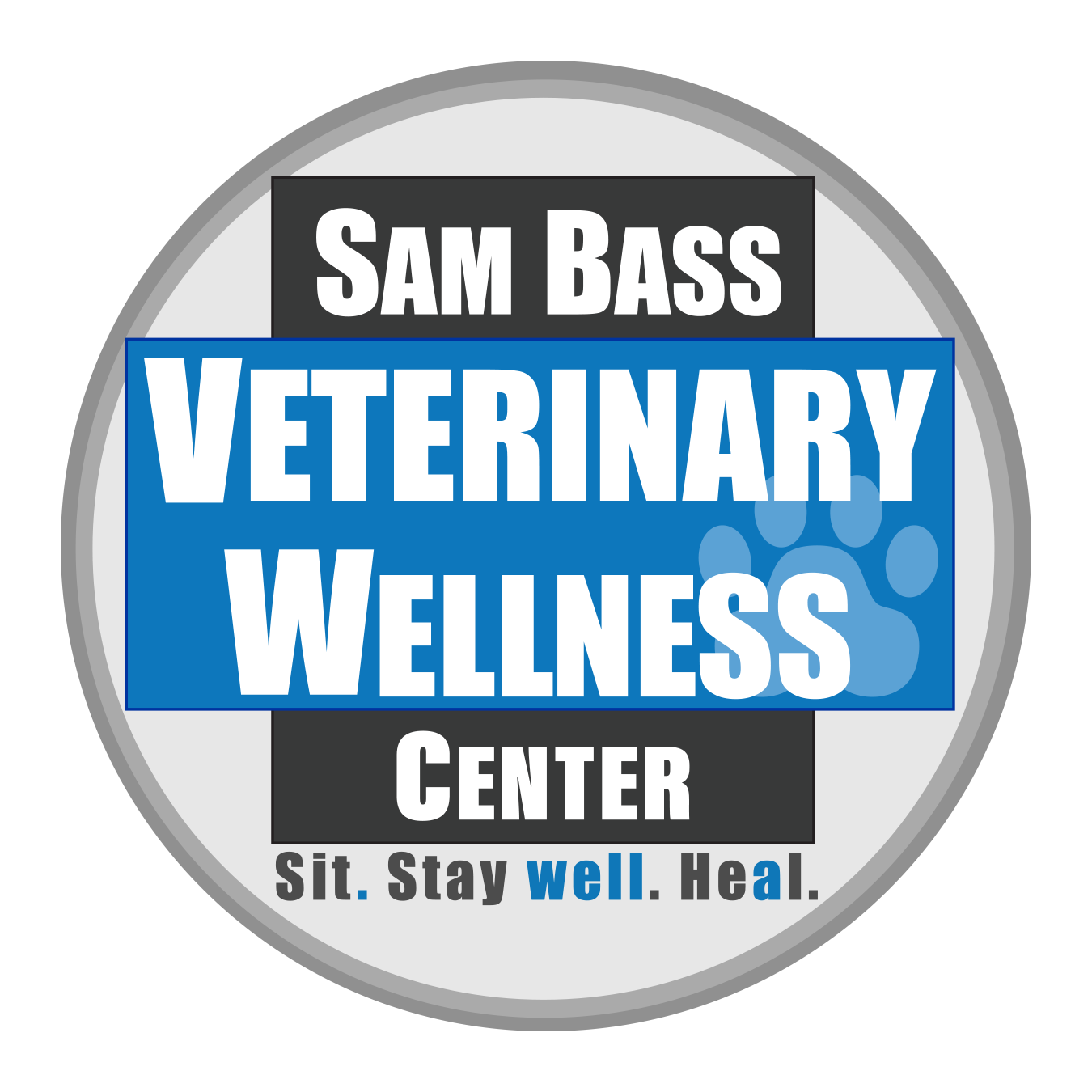Pet Wellness
Wellness…the state of being in good health, especially as an actively pursued goal.
Wellness is many times described as the balance of physical, mental, emotional, spiritual, nutritional and so on. These ‘pillars’ as many people describe them working together towards optimal ‘health’ such that the body is in balance and functioning smoothly.
Every human and every pet have a different path towards achieving health and wellness. What works for my dog and his physiology may be completely opposite of your dog. Based on age, sex, breed, and lifestyle, every individual and his/ her composition must be looked at on a case-by-case basis.
This is the essence of wellness-
Ancient Greek physician Hippocrates stated nearly 2500 years ago, ‘Let food be thy medicine and medicine be thy food’.
Hippocrates also stated, ‘all disease begins within the gut’.
Therefore, many of our wellness plans start with discussion of proper nutrition and gut health. See our previous Teddy Talk on probiotics to learn more about the importance of the gut and the microbiota.
What foods we put into our body dictate how our body runs and responds to stressors and/or disease. For example, if you put poor quality gasoline in your car, your car will perform poorly and get bad gas mileage, sputter and spit, and end up in the shop getting serviced. Same thing occurs in our dogs and cats. Foods of limited, essential, good quality ingredients that are balanced to your pet’s individual structure and function many times are the difference between health versus chronic disease and ‘staying out of the shop for service’.
As well, exercise is essential for not only maintaining proper structure and function of the muscles, joints, and bones but also maintaining mental health and well-being. The endorphin effect or ‘an exercise high’ is well documented and recognized by most people. We also see this effect in our dogs for example when they get ‘the zoomies’ while running around the back yard and then come inside where you can see the joy in their eyes.
As we discuss diet and exercise, many times we discuss supplements. Supplements come in many forms and fashions with a purpose of helping to balance what the diet cannot provide or supporting the diet’s efforts to maintain the individual life-style. Examples include the use of glucosamine and turmeric for joint and anti-inflammatory support in arthritic, active joints and other cases of using coconut oil or fish oils to support the epidermis and coat health in patients with allergies.
As a holistic veterinarian we can go on and on regarding the benefits of proper diet, probiotic use, and exercise alone. But often times we need more help knowing exactly what is going on in the body. Physical examination and observation alone only tell us what we can see and feel. What is going on inside of your pet requires lab testing.
Why is wellness testing important?
In a recent review, IDEXX Preventative Care profiles found that 1 in 4 ‘healthy’ adult dogs had clinically significant findings. And with increasing age, there was an increased incidence in disease detection.
Why is this important?
With routine screening, we are able to identify potential disease early and subsequently target preventative measures through diet, supplementation, life style changes, exercise, drugs etc. in an effort to stay off potentially irreversible, chronic disease which could have a significant impact on one’s longevity as well as financial cost.
Achieving optimal health and wellness not only reduces emotional stress as well as physical stress, but also reduces the risk of disease development and ultimately leads to a longer, more productive and functional life.
As always, the doctors and staff at Sam Bass Veterinary Wellness and CTCH are here to help you and your pet achieve health and wellness. If you have any questions or want more information on the topics discussed above, please call the hospital to schedule a consultation to see what we can do to help our four-legged friends live happier, healthier lives.
